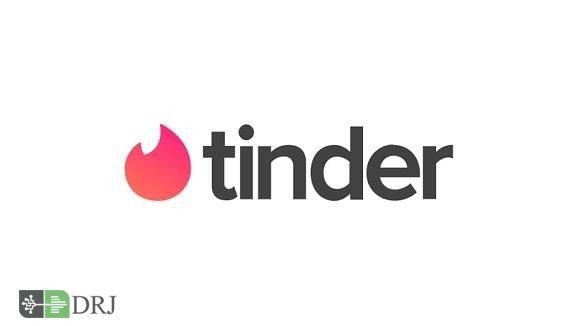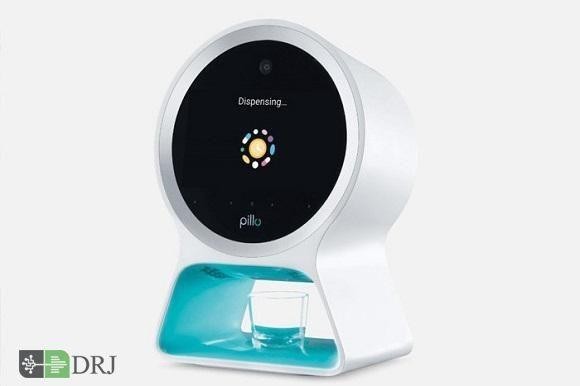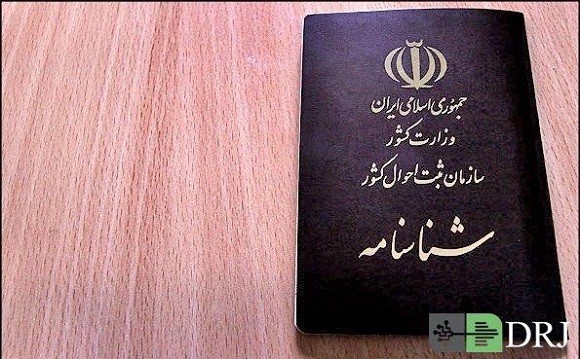Ammar Radhi is the head of strategy and special projects at Refinitiv
Today’s smart grid revolution in electricity generation, transmission and consumer use is so all-encompassing that it is encouraging hundreds if not thousands of small tech startups to devise their own ingenious solutions that will push the revolution further forward.
The smart grid is already transforming the relationships between suppliers and consumers but like much else in today’s Fourth Industrial Revolution, there is so much happening so fast that it is hard to see where it is all heading. But one thing the smart grid revolution promises is that it will make our electricity both cheaper and greener.
The smart grid is a multi-faceted digital revolution transforming the supply and use of electricity. Many people are now familiar with smart metres in their homes, and growing numbers also have appliances networked together through a home electrical management system. But there are many other ways in which digital technology is overhauling the past century’s electrical grid to make it cleaner, more efficient and more responsive to user needs.
Renewable Energy
One important benefit of the smart grid is that it can greatly increase the efficiency of renewable electricity, particularly wind and solar. While these are popular sources of renewable energy, they provide fluctuating levels of power depending on the amount of wind or sunshine. Since they are generally situated far from large urban areas, they are not always fully integrated into the national grid and so waste much of the power they generate. By integrating this power into an electrical superhighway however, the smart grid can do a great deal to increase the efficiency and attractiveness of renewable energy.
The smart grid allows greater integration of large-scale renewable energy systems into national grids and improves integration of customer-owned power generation systems such as rooftop solar power systems or small wind turbines, or even for those in rural areas living near streams - small hydroelectric systems.
Other than this, the smart grid can shave costs for utilities, thereby lowering prices for consumers, improve efficiency in electrical transmission, enabling speedier restoration of electricity supply after power disturbances, better manage power supplies during emergencies and during peak demand, which also helps lower electricity rates. The smart grid also allows consumers to keep bills down by better managing their use of electricity or even by generating their own power.
Distributed Energy Resources
However, where previous electrical grids were centralised systems established and managed by governments and large utilities, the smart grid brings together existing larger systems and a growing number of smaller power generators – together known as distributed energy resources (DERs) – while providing end users with greater ability to manage their own usage and costs. The smart grid consists of millions of smaller parts – from the grid operation and transmission to the new smart appliances in the home and workplace and the countless software systems that run them all. It is a multi-faceted and evolving creation that will take years to develop and require the input of thousands of scientists, engineers and entrepreneurs.
One key area for innovation is in systems to manage the new abundance of DERs. US-based Clean Power Research this year launched its WattPlan Grid software platform to rapidly forecast customer-side adoption of many different DERs rather than hire a consultancy to take several months to conduct a study. Another US startup, Stem, provides an integrated solution of cloud-based predictive software and advanced energy storage. In the UK, Cambridge-based Origami Energy has created a real-time marketplace where a distributed network of energy generation, usage and storage assets is connected to the grid and monitored online.
For energy management in the home, UK-based startup Swuto provides software that takes into account tariff rates, exit fees, discounts and time since the last switch to automatically switch customers to the cheapest energy supplier. Another UK startup, Upside Energy, automatically shifts energy usage from peak to off-peak times using a cloud service that aggregates energy stored in systems owned by people and businesses to create a virtual energy store.
Smart Appliances
Another major part of the smart grid is its end-point in smart home appliances, particularly those linked throughout the home as part of the ‘Internet of Things’. Sweden-based Watty provides software that informs users via its smartphone app which appliances are running and how much energy is being used, allowing the user to better manage their energy consumption. A more specific platform has been developed by Croatia-based startup Vebbu, whose sensors and software are used to monitor and control air quality in buildings and whose heat recovery sensor can help to recover up to 90 per cent of heat captured in the air, thereby saving some 40 per cent on energy bills. Another, simpler, platform is provided by Estonia-based Sympower, whose software automatically switches off equipment when not in use.
There also numerous startups targeting the rapidly growing renewable energy space. UK-based startup BuffaloGrid aims to connect up to a billion people without access to power by means of powerpacks that can be attached to solar panels to charge their mobile phones. BuffaloGrid was launched in 2015 and now runs in 20 villages in India. The company plans to cover more than half a million people in India this year.
But these are just a few of the innovations created as part of the smart grid revolution. There are and will be many more such ingenious solutions developed as the sourcing and provision of electrical power is transformed as radically as so many other aspects of our lives in the digital era. It is essential that such innovation is encouraged if electricity usage is to be made more efficient, if costs and prices are to be kept down, and if the switch to renewable energy sources is to gather pace.

ایده ها برای استارت آپ موجب رونق کسب و کارهای اینترنتی
آینده / استارت آپ

استارتآپها ادبیات بازار سرمایه را بلدند؟
استارت آپ

صدور تاییدیه دانش بنیانی شتابدهنده صدر فردا
اخبار / استارت آپ

اپلیکیشن شارژاپ
گوناگون / استارت آپ / رپرتاژ آگهی / بازتاب

جذابترین ایدههای B2B در سال 2020
استارت آپ

تعریف استارت آپ startup
دانشنامه / استارت آپ / مقاله

۱۰ استارتاپ که بدون سرمایه به سوددهی رسیدند
استارت آپ

ایده ها و پیشنهاد برای استارت آپ در سال جدید
راهکارها و ترفند ها / استارت آپ

استارتآپ ایرانی؛ مرجع اول زنان افغان
استارت آپ

شروع یک کسب و کار نوپا پلتفرمی
استارت آپ

برنامه شبکه اجتماعی تیندر
گوناگون / معرفی وب سایت / استارت آپ

10 استارت آپ برتر تاکسیرانی جهان
استارت آپ

پخت پیتزاهای هیجان انگیز با هوش مصنوعی
آینده / استارت آپ

ایده های استارتاپی فراموش شده
دورنما / بازار / استارت آپ

اپل، استارتاپ فناوری خودران Drive.ai را تصاحب کرد
استارت آپ

بررسی مهمترین چالشهای تیمهای استارتاپی
استارت آپ

نگرانی کاربران از هزینه تعمیر و تامین قطعات
گفت و گو / بازار / استارت آپ

مصاحبه با مدیرعامل و بنیانگذار استارتاپ Moz
گفت و گو / استارت آپ

آشنایی با استارت آپ های حوزه مدیریت آب
استارت آپ

راه اندازی ۷۰ استارت آپ توسط نخبگان ایرانی
استارت آپ

معرفی هشت استارتآپ موفق ایرانی در حوزه فینتک
استارت آپ

اولین مرورگر شرعی دنیا
استارت آپ

از صفر تا پیست
استارت آپ

معرفی برترین استارتاپهای CES 2019
اخبار / استارت آپ

ازدواج با فرد ثروتمند یا خوش اخلاق
سبک زندگی / برترین ها

هدف از تشکیل خانواده چیست
سبک زندگی

اول عاشق شویم، بعد ازدواج کنیم
سبک زندگی

خانواده چیست
سبک زندگی

مشاوره خانواده چیست؟
سبک زندگی

اولویتهای پسانداز خانواده چیست؟
سبک زندگی

هزینه های خانواده چیست؟
سبک زندگی

راهکار بیشتر حرف زدن اعضای خانواده چیست؟
سبک زندگی

چرخه زندگی و خانواده چیست؟
سبک زندگی

اهداف و اصول تشکیل خانواده
سبک زندگی

آموزش جنسی نادرست به سبک خانم جلسه ای
سبک زندگی

لطفا تماشاچی آزار زنان نباشید!
سبک زندگی

کودک آزاری؛ از نشانهها و دلایل تا درمان
گزارش / سبک زندگی / پرورش کودکان

روش های تعیین هدف و مسیر زندگی برای رسیدن به موفقیت
سبک زندگی
مجله اینترنتی دیپروتد نشریه مجازی بر بستر اینترنت به مسائل آموزشی و مقالات پیرامون کسب وکار های نوپا یا استارت آپ ها و سبک زندگی است فعالیت و محتوای مطالب ارائه شده در سایت همه بیشتر در حوزه مدیریت، کارآفرینی ، روانشناسی ،اقتصادی و فناوری اطلاعات است نام اصلی دیپروتد "ریشه های عمیق " با مجوز رسمی از هیات نظارت برمطبوعات مشغول به فعالیت است
ما را در شبکه های اجتماعی دنبال کنید
تمامی حقوق برای سایت فوق محفوط است.
S-TECH: ایرانی توانمند | Powered by: مجله اینترنتی دیپروتد








